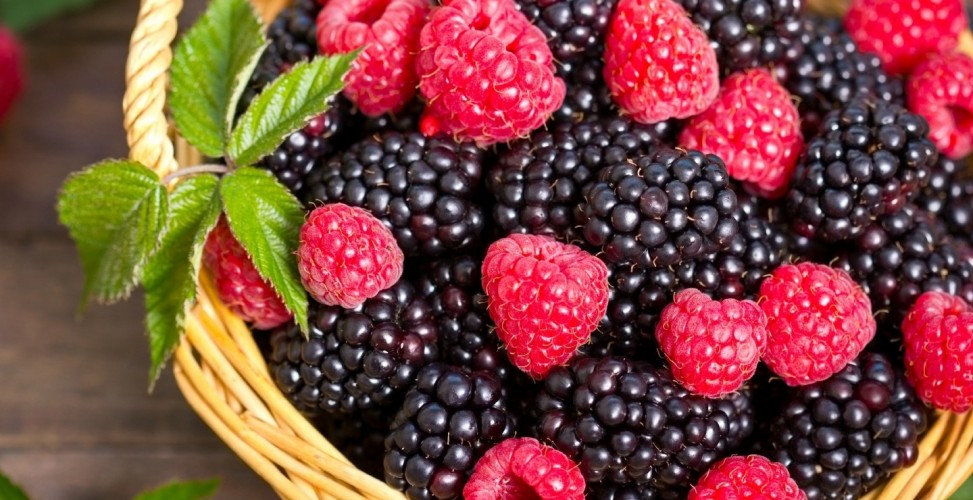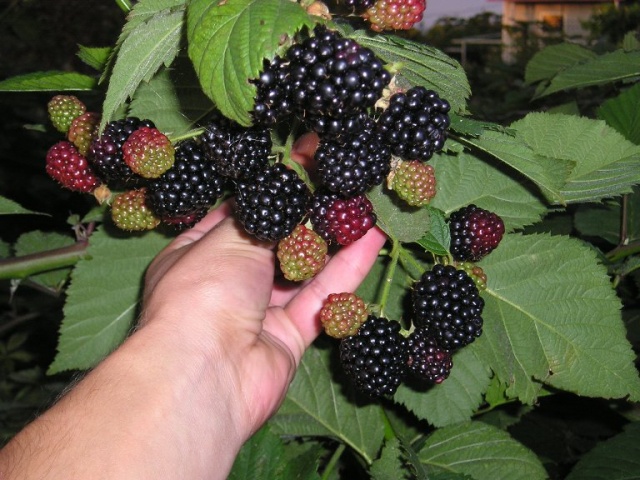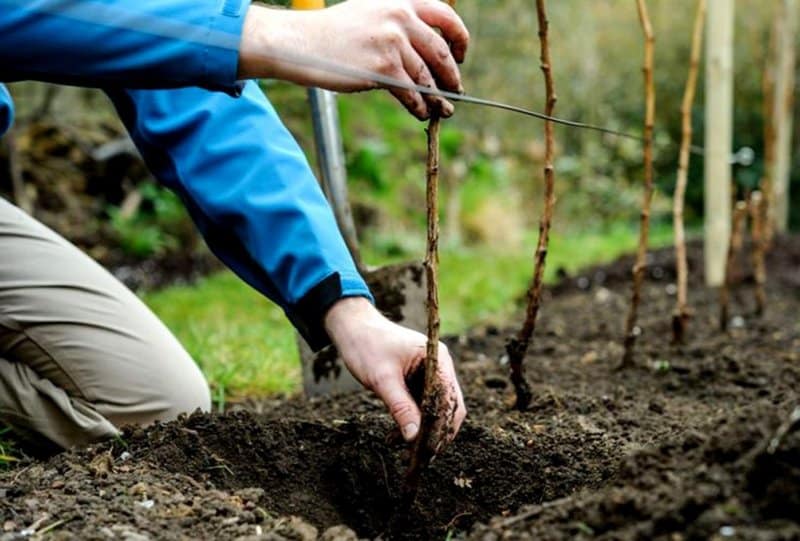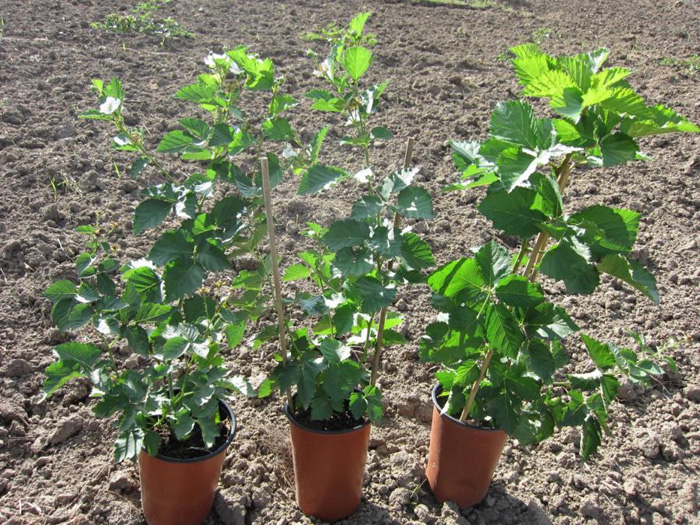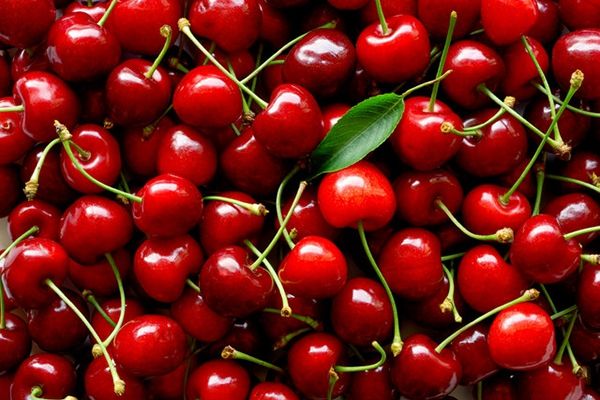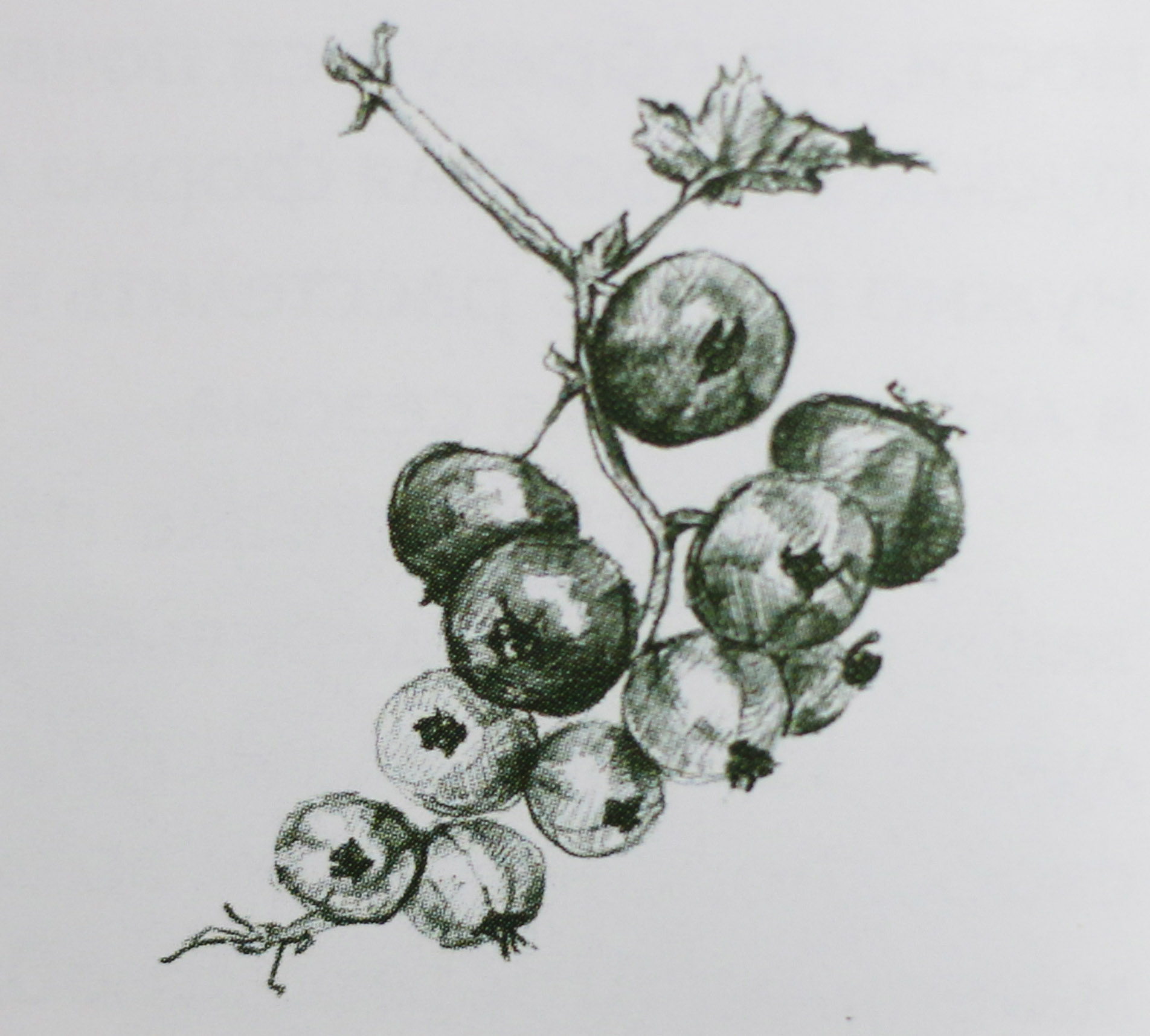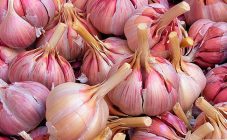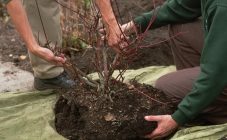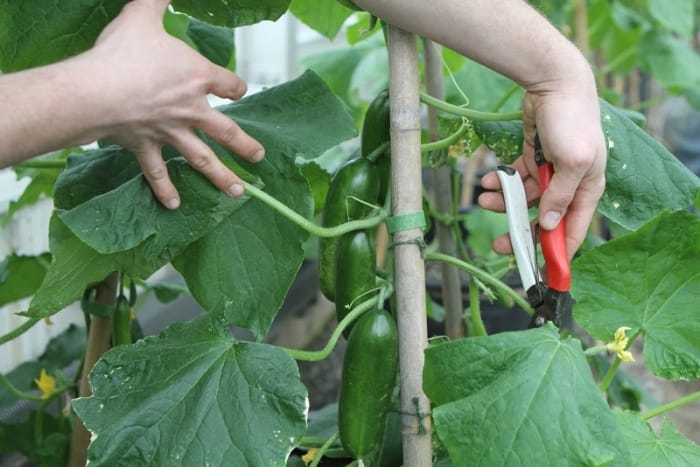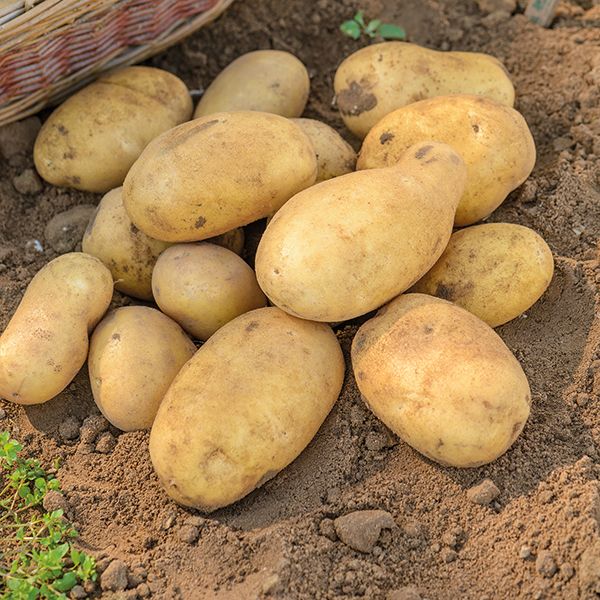Content:
Plants planted in the garden require attention and proper tillage in order to be able to develop and bear fruit. Timely care for the planted blackberries will ensure a bountiful harvest and longevity of the shrub.
Features of blackberry care in spring
Spring processing of a garden plot is a responsible event that requires compliance with certain rules and regulations. The presence of blackberry bushes among the plantings determines that one of the first things to do will be to remove excess branches. Features of care are that the gardener needs to perform a number of activities to ensure the normal growth and formation of shrubs. If you do not carry out work, then the blackberry will not look aesthetically pleasing, and the yield will be significantly reduced.
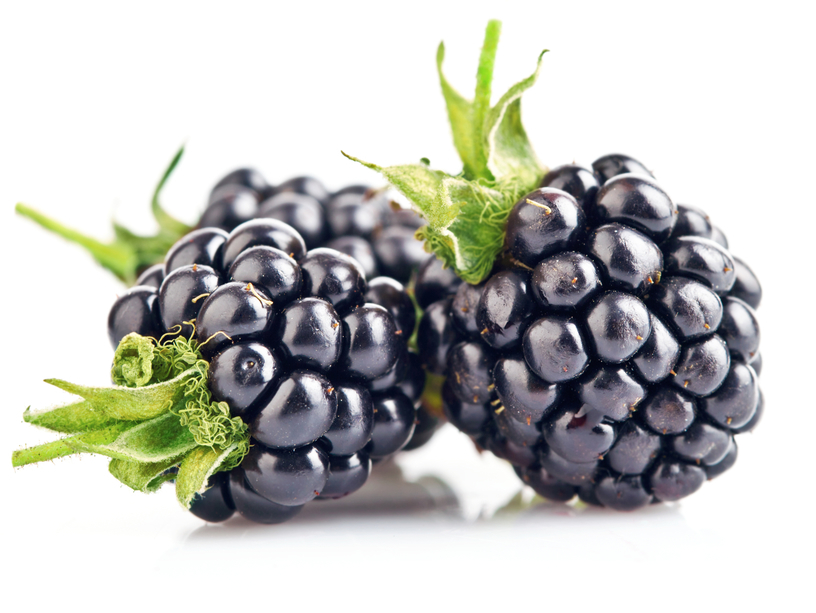
The berry will be large if you properly care for the bushes and take all the necessary measures in a timely manner
Among experienced gardeners, it is customary to perform the following activities:
- it is necessary to remove the shelter set for the cold season;
- loosening the soil near bushes;
- watering and mulching;
- applying the necessary fertilizers;
- additional feeding;
- treatment of shrubs with compounds that can protect them from pests and diseases;
- pruning excess or dried branches.
Sometimes the plan for spring care of blackberries includes replanting bushes. In order for the result of caring for a blackberry garden to be good, it is required to take into account the advice that experienced gardeners give, carefully read the specialized literature and show interest in planting. Each of the stages of care has its own characteristics and nuances, which must also be taken into account before carrying out this or that stage of care.
Taking shelter after winter
Before you start working on bushes or a fertile layer of soil, you need to remove the shelter that protects against winter frosts. The advice and knowledge of experienced gardeners indicate that this work needs to be done when daytime temperatures pass through an indicator of +5 degrees. The main covering materials are natural components:
- peat;
- humus;
- dry fallen leaves from trees;
- spruce or pine needles;
- straw;
- wood chips.
Sawdust or bark also provide good protection. Other types of materials are also used in the country:
- polyethylene film;
- roofing material;
- special garden materials - agrospan, spanboard.
For shelter using ready-made synthetic materials (films), the branches are bent to the ground and fixed with hooks, so you need to remove them when removing the shelter. The importance of this event is due to the fact that with the onset of warm days, natural materials naturally accumulate moisture. This leads to processes of decay and the release of excess heat. If a non-woven material is selected, then condensation accumulates on its surface. This phenomenon has a negative effect on the shrub. This is due to the fact that in warmth and with an increased amount of moisture, microorganisms and fungi gain activity, which leads to the onset of diseases, rotting and reproduction of fungi. That is why spring work on caring for blackberries begins with removing the shelter.
Watering, loosening and mulching
Diseases of blackberry bushes occur due to insufficient soil moisture. Also, the plant reacts poorly to lack of nutrients or oxygen. For this purpose, loosening and mulching are carried out, and then the necessary watering. Modern gardening has a wide range of tools, knowledge and capabilities for watering and loosening with the greatest effect.
It should be borne in mind that a significant period for high-quality and correct watering, from the point of view of a professional approach to caring for blackberry bushes, is the time when the formed inflorescences have faded. It is also important to water when the berries begin to form. Otherwise, they will be sour and shallow. If the spring and summer are hot, then it is necessary to carry out daily irrigation, since the leaf plates give off a large amount of moisture, otherwise the foliage will dry out. Watering is carried out according to the following scheme: if the shrub is 2-3 years old, then it needs at least 20 liters of water per week, then it will give a good harvest.
Proper preparation for the formation of the future harvest continues with the loosening process. This stage is carried out in order to ensure the permeability of nutrients, water, and oxygen to the root system. Loosening should be done to a depth of no more than 10 cm, otherwise the roots may be damaged.
Spring care involves the implementation of the mulching process as the next step in caring for the shrub. The procedure is aimed at helping to retain moisture in the roots, nutrients and oxygen, especially during hot periods. Natural substances are used as mulch: sawdust, peat or straw.
Top dressing and fertilization
The spring period is important from the point of view of feeding, fertilizing and other substances required for the health of the bushes, protecting them from diseases and pests. Timely application of fertilizers stimulates the plant to develop new shoots and actively form berries. During this period, nitrogenous fertilizers and minerals are important, but you need to remember that all components should be applied in limited quantities. In excess, nitrogen affects the rapid growth of foliage, but not fruit.
Pruning
Several times a year, it is required to prune the shrub: in the fall, during preparation for winter, and in the spring. It is recommended to process blackberries so that all old or damaged shoots are removed. Such pruning is called sanitary, since it frees the shrub from all shoots that are not capable of full development. The importance of this process - more nutrients are spent on damaged shoots, and sometimes they are not enough for the harvest, as a result of which the berries are sour and small.
Treatment against diseases and pests
Proper care of blackberries in spring involves treatment aimed at protecting against diseases and removing pests. In 90% of cases, blackberries are infected with anthracnose. Manifestations - berries are small, their development does not correspond to the norm. A common complaint among gardeners is that blackberry bushes are damaged by rust. Most often, it affects young leaves. In order to eliminate the disease, the bush must be sprayed with sulfuric agents.
Pests that most often attack the bushes:
- aphid;
- galitsa;
- weevil;
- caterpillars.
You should also protect the blackberry from nutcracker, raspberry moth. For this purpose, special formulations and folk remedies are used.
Transfer
If you need to make changes in the garden or fertilize the soil, in some cases it is necessary to transplant the bushes.It is optimal to carry out it in the spring, since in the summer all biological processes have already been launched, and the plants tolerate changes worse. It is recommended to carry out all the work before the buds bloom, so that the plant has time to release young roots before the onset of heat, take root in a new place for itself, and get sick. If the transplant is carried out later, then the seedling or the formed shrub will take longer to take root, spend more nutrients, as a result of which the root system may weaken. Thus, if there are blackberries in the garden, you need to know how to plant and care for them.
Spring care in different regions
Every knowledgeable and experienced gardener will confirm that when caring for berry bushes in spring, it is necessary to take into account the regional as well as climatic features of the area where the culture grows. The rules and stages will differ slightly in the middle lane, the Volga region, in Siberia, in the Urals.
Middle lane (Moscow region)
Watering is important here. It must be carried out at least 2 times per season: during the growing season and at the time of ripening of berries.
Volga region
For this region, fertilization and mulching are an important part of maintenance. Loosening is not required, since the root system can be damaged due to the nature of the soil.
Ural and Siberia
In this region, it is important to know how to care for the available blackberries in the spring in order to get a good harvest. In an open area, the first stage of leaving is the removal of the shelter. It is necessary to open the bushes until condensation drops form. Also in Siberia and the Urals, timely pruning is important, since the period of warm days is shorter here than in the Central zone.
Common mistakes in caring for blackberries
Blackberry Thornfree or any other variety does not respond well to errors. The most common of these are: late removal of protective cover, insufficient or excessive fertilization of the soil. It is also very important not to forget about the peculiarities of the region where the shrub grows.
It is necessary to read in advance all the information about the blackberry, and then start growing this crop on your site. This is due to the fact that garden blackberries and spring care for shrubs require a lot of energy and attention. That is why you need to learn from experienced gardeners about how to care for blackberries. It so happens that it is difficult to cultivate the land in the spring, so some of the maintenance work needs to be done in the fall.
